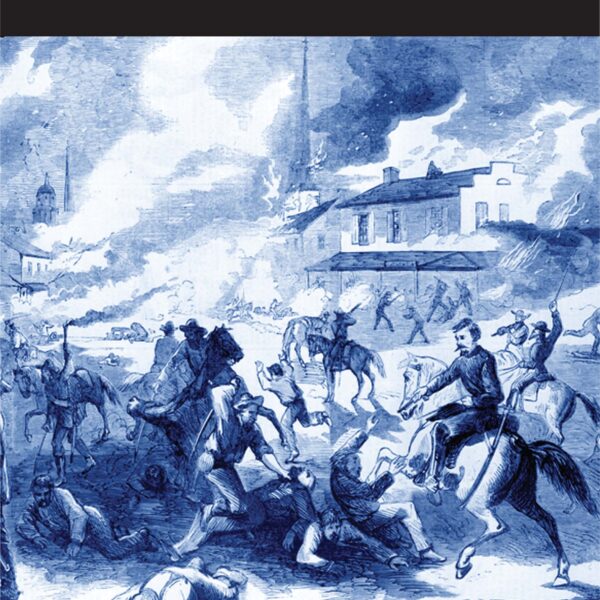On December 16, 1864, Union General George Thomas accomplished a goal that Civil War field commanders found to be virtually unobtainable: the climactic destruction of an enemy army. Confederate general John Bell Hood’s Army of Tennessee, already weakened and demoralized by its defeat at Franklin in November, was shattered by Thomas in two days at the Battle of Nashville. The broken remnants of the Confederacy’s primary western theater field army retreated south into Alabama, protected by a rearguard under talented commanders such as Nathan Bedford Forrest and Edward C. Walthall. Due to the tenacity of the rebel rearguard, remnants of the army escaped capture to be transferred to other forces throughout the dying Confederacy.
Although book-length narratives of the retreat exist, it is often relegated to the final chapters of larger works, making O. C. Hood’s book one of the most sustained discussions of this chapter of the war. The author adequately situates the Franklin-Nashville Campaign within the broader context of the war and provides readers with a comprehensible narrative of the rearguard’s actions. He recognizes the climactic nature of Thomas’s victory and the deleterious effect it had on Confederate morale, although he likely overstates his case when he implies a rebel victory in Tennessee could have changed the course of the war.
Often providing a novelist’s dramatic and poetic flourishes, Hood, when relying on his own prose, can be a gifted storyteller. While at times prone to hyperbole, the author frequently tells a riveting and compelling story. Unfortunately, the book is marred by excessive block quotations—a liability that grows as the book progresses. In the book’s second half, it is not uncommon for entire pages to lack any of Hood’s own words; quotes often appear without context or introduction. The excessive quotations are further problematized by the book’s inconsistent citations. Both endnotes and parenthetical citations are used alternatively throughout the book, and some quotations lack reference completely.
Although Hood is primarily concerned with the Confederate side of Nashville’s aftermath, he provides readers with enough discussion of the Union perspective for his narrative to hold together. Nevertheless, some Lost Cause sign-posts make their way into Hood’s narrative. The book itself is dedicated to the rebel soldiers it chronicles and, outside of the bibliography, the Civil War is rarely referred to as such. The author opts to use the more problematic term, “War Between the States” (3). He argues that during the March to the Sea, Sherman “abandoned all semblance of human decency,” and rebels are referred to as “‘rebels,’” implying that the term lacks legitimacy (7, 114).
Bias creeps into Hood’s work in other ways; the book frequently reads as if it were published by a faith-based press. The Book of Job is cited as evidence of cavalry’s significance in warfare, and a Confederate prayer meeting’s harmonious environment is credited to “the awesome presence of a holy God who holds all life in his hands and renders to every man according to his works” (132). John Bell Hood’s trials and tribulations are compared to those of King David and a verse from Ezekiel is cited as an admonishment for the Union underestimating the Confederate rearguard.
It is worth noting that Hood makes no claims to historiographical intervention, nor does he claim to have unearthed hitherto undiscovered sources. In his stated goal of crafting a textual monument to those who participated in the reargued, he has succeeded. While some readers who share Hood’s spiritual and sectional leanings will find much to celebrate here, those hoping for dispassionate analysis will be disappointed. The later should start by consulting relevant chapters in Wiley Sword’s The Confederacy’s Last Hurrah: Spring Hill, Franklin, and Nashville.
Robert L. Glaze teaches history courses for Lincoln Memorial University. He is currently revising his manuscript, Experiencing Defeat, Remembering Victory: The Army of Tennessee in Civil War Memory.





